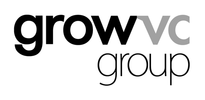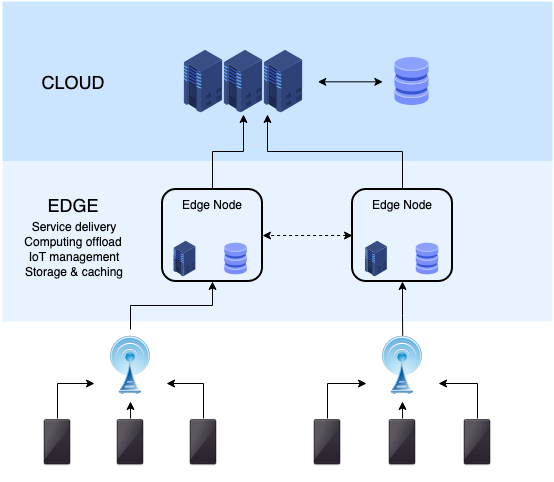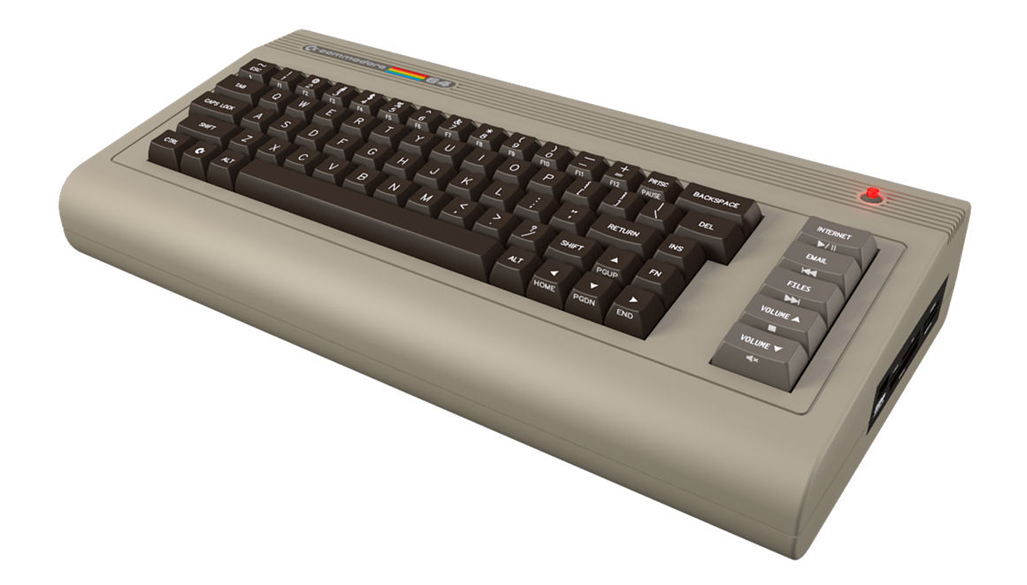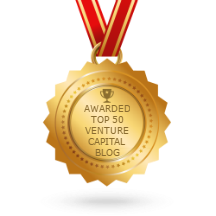|
It’s often said people don’t appreciate things they can get for free. Another way of looking at this is that it is difficult to determine its value if you don’t pay for something. With the cost of sending emails or getting contacts in social media virtually zero, does it mean it is harder to get value from them? Should we start to pay for contacts and messages?
Do you remember the time when there was just a landline phone at home? Or when you received letters through the mail? When your phone was ringing, someone definitely answered the call and actually took the call seriously. When you got a letter with your name and stamp on the envelope, it was something you wanted to open and read. Now you get robocalls that use VoIP, making them really cheap. You get a lot of emails, most of which you don’t even open or read. How about social network contacts? You can send LinkedIn or Facebook invitations to almost anyone, and many people accept invitations from people they don’t know. One could say this has made people better connected and made the world more democratic. Earlier you could have tried to get into an exclusive club and use your contacts to help to arrange an important new introduction. But how much value do your social media contacts actually produce? Not much, and less each day, I would argue. In an earlier article, I wrote how many social networks had become spamming networks. It’s great that prices go down and more people get access to networks and opportunities. But this also has its side effects. Everything becomes too crowded, and everyone tries to use them for their own purposes. When connections, communications and transactions have minimal or zero cost, people don’t consider using them properly. It leads to a situation where those networks and tools offer less value. It’s a bit like a government starting to print a lot of money. The money loses value, and then you can’t afford to buy things with it. Would this change, if we had to pay for contacts, messages and transactions? Most probably. It doesn’t mean they should be so expensive that it starts to limit who can use the tools significantly, but it would make people think about what they are doing. Maybe people would start to appreciate more the contacts they have and the messages they receive. It doesn’t really matter to the users what technology makes transactions payable, but the user experience matters. To get this to work, very simple micro-payments are needed. At the moment, it looks like blockchain and tokens are the strongest candidates to change business models of messaging and social networking services. This is something that has been talked about since the 2017 ICO boom. The missing piece has been workable, effective end-user services, not just concept ideas. It is not realistic to think that totally new communications tools would replace the existing ones. New solutions to better manage contacts and messages should work, for example, with the existing email and messaging services. One can also claim that people are not ready to pay for these commodities they have always had for free. And not all people will be ready to do it immediately, but people are happy to pay for things that make their life better, help them with daily tasks and give them greater status. There are many signs that people are now looking for better privacy and control of their data and activities, and security is also becoming more important. People have always been willing to pay for exclusive clubs. They have been willing to pay for dinners with top politicians and celebrities. If someone you don’t know wanted to message you, you would be more interested in looking at the message if you know they had paid for it, and it was not one of the thousands of ‘free’ messages. If a user only accepted ‘paid’ messages, it would cut down the level of spam, too. Good contacts and important messages are premia, not commodities. We will soon see services where people pay for messages, not for all messages, but some of them, e.g. to reach new contacts. We will also start to see services where people will have to pay for contacts, and they will have to give serious thought to which contacts they really want to invest in. But these services will need to offer the same usability as chatting, social media and email today. This concept could become one of the first big use cases for blockchain and tokens. The article first appeared on Disruptive.Asia. Data and computing have moved to a centralized model during the last decade when many services have gone to the cloud. This trend continues, and we will see many more companies go to the cloud. At the same time, we are starting to see a new trend toward more decentralized models. But it is still a combination of different things. It might look like fuzzy development, but it really happens.
There are several reasons why we will see more distributed models for data and processing overall in the future. We can divide them into three main categories:
I have often said it is not hard to predict the future, but it is hard to know the right timing. It is also the case for this development. There are so many good reasons to have more distributed services that it will happen. But it is not easy to say how it will happen, where it will really take off and how long it will take. We now see several technologies that make this development real. First, we have Edge that comes into effect with 5G networks. Edge keeps data and processing closer to actual users. The challenge – are network vendors and telecom carriers the right parties to deliver these solutions when Internet giants like cloud vendors now dominate services and service development? Secondly, we have blockchain, distributed ledger and token models. These are all developing rapidly, but they also have their challenges. It is not easy to say which technology can survive the longest. In this case, it is not only the technology but also the transaction data in those chains that must survive, making it difficult to make decisions about a particular technology. At the same time, these will challenge centralized platforms, as they offer totally new ways to distribute and monetize applications and data. Thirdly, decentralized solutions can be implemented inside existing cloud solutions. We, of course, have regional cloud instances, but clouds enable other ways to decentralize services. For example, each user can have their own cloud services to use their data and run their own applications. Then, for example, with token-based charging models, they can also pay for using apps locally. Of those three technologies, Edge has many challenges as it needs totally new infrastructure and applications to take advantage of it. It is currently much easier to make decentralized services by utilizing the current cloud infrastructure. But longer-term solutions can be another story. Technology disruption often attracts new companies that disrupt business. For example, Amazon and Google are tied to centralized models. Can they adapt when decentralization starts to happen and other vendors offer the latest solutions? We will likely see two different development tracks for decentralized solutions. The first one being distributed and decentralized applications. This starts with the existing infrastructure and builds distributed solutions, such as a user’s own data cloud and application service. This track already has applications. Then we have the second track to develop a more decentralized data and processing infrastructure. This will take a longer time, but it can fundamentally change the structure of the Internet. We are definitely moving to more distributed services. Thousands of startups are already developing services, data models and applications. Big technology vendors are investing in Edge type models, millions of people are trading cryptos, and forward-looking investors, like Andreessen Horowitz, are making big investments. At the same time, regulations are putting pressure on making new data models. The exciting part will be to see how it will happen, and the parties that make it happen will be the big winners. The article first appeared on Disruptive.Asia. Some of you might remember when home and personal computers were emerging in the 1980s. Many different companies made their own devices, like Commodore 64, Apple II, Spectravideo 328, Sinclair ZX80 and Atari. Then some manufacturers agreed on standards like MSX that never actually became globally significant. But then personal computers (PCs), with PC-DOS and MS-DOS, started to occupy offices and then homes, and Apple created the only other option. We now have a similar situation with wearable devices.
In the 1980s, most computer manufacturers had their own operating systems and a small range of programs. Early adopters had those devices more as a hobby than to really utilize them. There were all those stories about use cases like recipe databases or calculating your taxes, but only if you code your own program. Many users actually did write their own programs and shared them with other users. As a teenager, I tried to explain to my father the value of owning a computer. It was not an easy task when he didn’t feel that coding your own games or graphics programs were valuable reasons to have the device. How is this relevant for wearables? We have now more and more wearable device manufacturers that offer their devices with their own proprietary functionality, data models and applications. Many users are still early adopters like biohackers and health enthusiasts that explore ways to utilize the data. Most users can understand a couple of data points like average heart rate and the number of daily steps. Those are a good start to observe and improve personal health, but it is a small part of the data and the opportunities these devices can offer. Some additional data points like Heart Rate Variability (HRV) and different sleep types (deep, REM and light) are much harder to interpret and utilize daily. One could ask, as my father did if it makes sense to pay $400 for a device to see heart rate and daily steps. Or why pay over $100 monthly subscription for a glucose measurement device or more expensive shoes to measure cadence, stride length and foot strike angle. For many people, use cases like a device letting you know when to go to sleep sound as naive as a recipe database. Each manufacturer also has its own scores. For example, sleep and readiness scores from one device are very different to another device, and there is no easy way to combine data from different devices properly. Or you can combine some data, for example, to Apple Health, but it then contains a lot of data points that are even more confusing than data in the device’s own apps. What changed the computer market? How did they start to become more useful? It happened when software packages started to appear. A couple of operating systems, from Microsoft and Apple, started to dominate, and both systems had enough software being generated by third parties. This evolved into the software industry, making software for personal computers. Actually, we saw a similar development in mobile phones. The mobile application business started to grow only when we got from proprietary systems to two main operating systems, iOS and Android, that enabled application stores to make a business out of applications. As we have discovered, wearables are not only for data; they can also be accessories and fashion items. A luxury brand could launch its own smartwatch or ring, but luxury brands are not really high tech or data companies. And it is not very convenient for users that each watch, ring, sensor, pair of shoes or jacket offers its proprietary data format and application. It would also be much better for luxury goods companies to have some common data models and ecosystems. The real utilization and software market for wearable and wellness data can emerge only when we get data from different devices to a compatible format. When we have two or three environments, software developers can make better software and applications to utilize data to help people in their daily lives. We cannot expect each individual to start to interpret all kinds of health data points and try to Google instructions and what to do based on them. A special requirement with wellness and health data is that it is even more sensitive than data for many other purposes, and privacy is crucial. It has been said that the IoT market won’t really be a hardware business but a data and software business. Wearables will basically be sensors to collect data. Some sensors could be branded devices, others white label components in clothes, shoes or accessories. But the real utilization of data needs environments where the user can combine the data, and software can be offered to users to help them live better and healthier lives. The real business and value of wellness data will be software and applications that can combine all kinds of wearable data with other data sources. |
AboutEst. 2009 Grow VC Group is building truly global digital businesses. The focus is especially on digitization, data and fintech services. We have very hands-on approach to build businesses and we always want to make them global, scale-up and have the real entrepreneurial spirit. Download
Research Report 1/2018: Distributed Technologies - Changing Finance and the Internet Research Report 1/2017: Machines, Asia And Fintech: Rise of Globalization and Protectionism as a Consequence Fintech Hybrid Finance Whitepaper Fintech And Digital Finance Insight & Vision Whitepaper Learn More About Our Companies: Archives
January 2023
Categories |







 RSS Feed
RSS Feed
